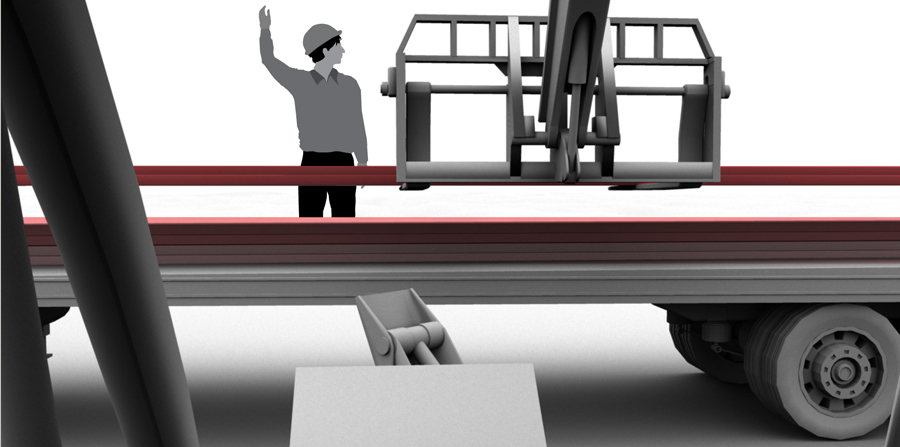Menu

Morgan Smith
How Storyboards Helped Make a Complex Case and Could Help Yours, Too
 As regular readers of this blog know, my last post on a recent California Supreme Court decision addressed the issue of animations in trial. There is no question that I am a big fan of animations and their power for case presentation. However, I also believe that other methods for visualizing cases can provide an equally compelling way of getting information across to a jury or mediator. This post spotlights one of the best and most convenient types of litigation graphics: Storyboards.
As regular readers of this blog know, my last post on a recent California Supreme Court decision addressed the issue of animations in trial. There is no question that I am a big fan of animations and their power for case presentation. However, I also believe that other methods for visualizing cases can provide an equally compelling way of getting information across to a jury or mediator. This post spotlights one of the best and most convenient types of litigation graphics: Storyboards.
What I mean by a “storyboard” is basically a series of images that are used to show how an incident occurred, what could have been done differently, how a product works, etc. They are separate still images that relate to one another to tell a story and show a sequence of events, and they can be shown electronically or printed and enlarged for a display board. For mediations, they’re easy to print and attach to a brief.
A recent case of ours provides a good example of a storyboard. The case involved a complex personal injury that arose during the loading of beams onto a truck with a forklift. The attorneys faced several hurdles: first, the depositions were quite confusing as to how many beams each lift had, the order of beams on the forklift, the positions of the people at key times, and lots of other small details. Second, each person’s memory differed on some of these key facts, and the depositions themselves were very confusing because the witnesses would use terms like “right” and “left,” and it would be unclear as to whose right or left they meant. The attorneys faced a trial in which the amount of time necessary to orally described what people were doing would potentially take half the trial.
Given these challenges, there is no question that they needed a visualization of some sort to show the jury all the positions of the people, rather than trying to explain them orally. Certainly a well-done animation could do this, but I was concerned that with all the fine detail in who was doing what and when they were doing it, it would take excessive cost and time to re-render the animation anytime any small change was needed on a section of the animation. For this reason, I recommended doing storyboards with to-scale and accurate 3D models. This would allow us to create images that could show what people saw from their particular vantage point. We also decided to use a style of rendering that is called occlusion, which creates a black, white and grey rendering. We then added in coloring for the beams to have them stand out.
Below are some sample storyboards from the case:




The images above took the mountain of detail from the depositions—details about where all the relevant people were and what they were doing—and made it quite simple to see. The benefit of the storyboard method, though, really came into play in that it was easy to show the different versions of events as described by each of the witnesses. With the 3D models, we could then easily rearrange them to show each individual version of events.
Additionally, as they were being prepared, the attorneys could review them with the witnesses, and any necessary changes to the images were easy to do, without having to re-do the entire animated sequence in an animation.
Ultimately, the benefit of storyboards is they are more versatile than animations in the fast-paced litigation environment, and are generally less expensive.
If you would like to obtain more information about how storyboards may help your case, I’d be happy to discuss it with you; just contact me.
Note: Through Sept. 7, the ABA is accepting nominations for its Top 100 “Blawg” List of best law-related blogs. If you like my blog, I would greatly appreciate if you would take a moment to nominate it through this link (note: the link does not seem work on some mobile devices, only on computer browsers): https://www.abajournal.com/blawgs/blawg100_submit/ The form asks for my blog URL, which is https://cogentlegal.com/. Thank you very much. —Morgan
Recent Posts
- Proper Digital Discovery, Part IV: Using Drones in Modern Litigation
- Proper Digital Discovery, Part III: Using Digital Imagery in Modern Litigation
- Proper Digital Discovery, Part II: Electronic Measuring Data
- How to Obtain Proper Digital Discovery, Part I: Photography
- California Courts – Latest Updates
